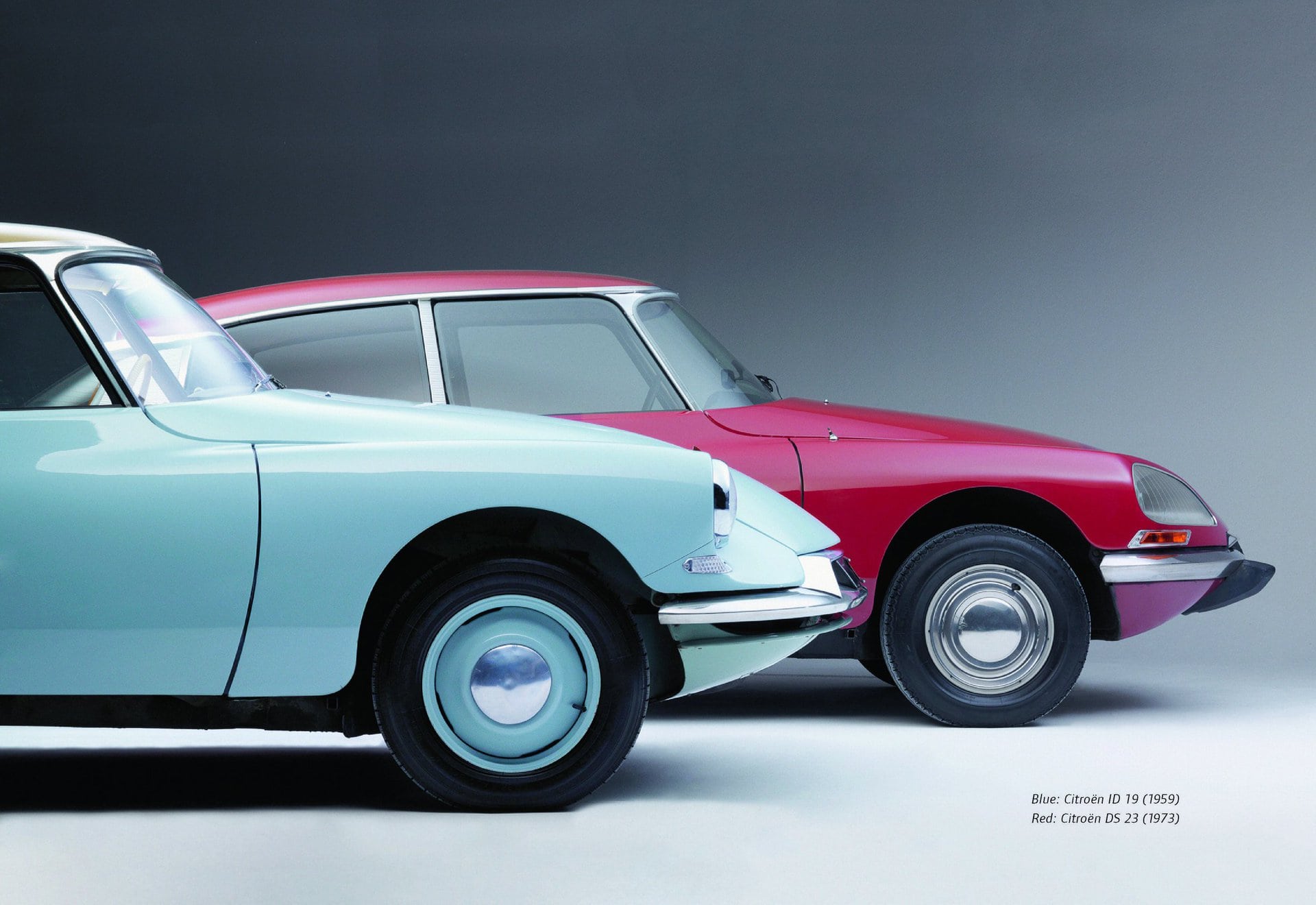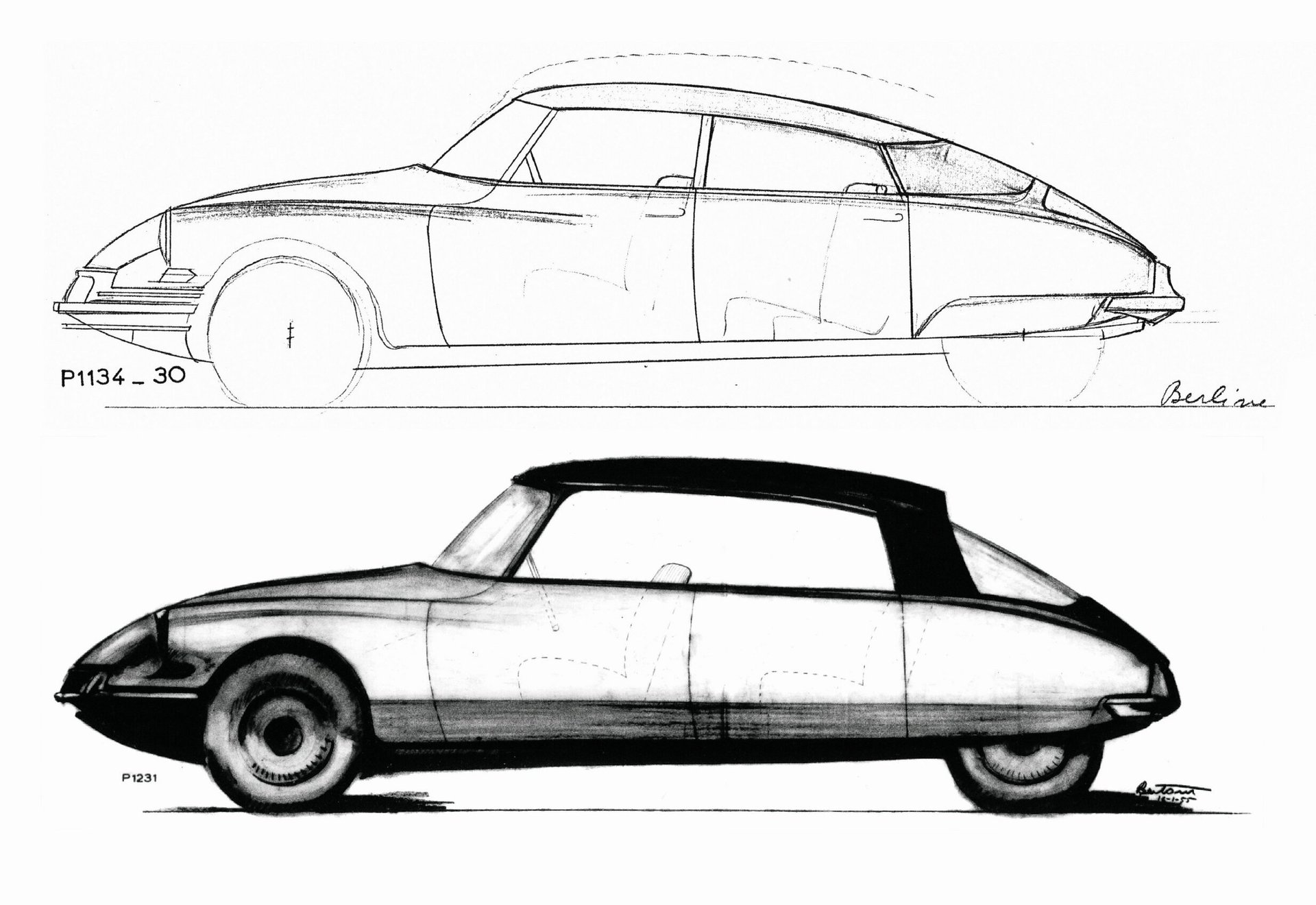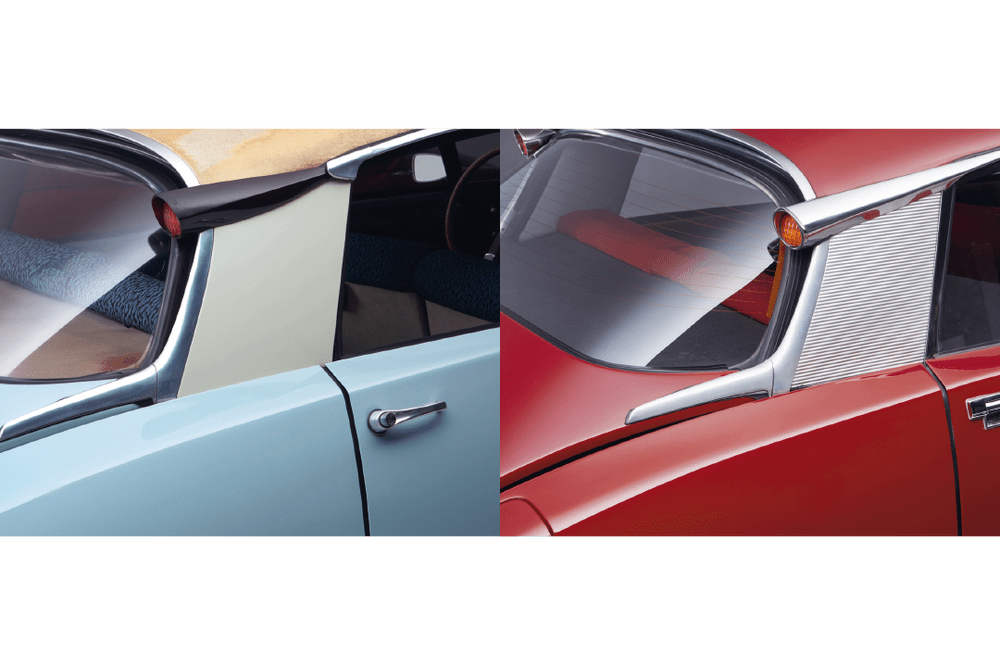Citroën: All about the design of the goddess
BACKGROUND TO THE DS Hardly any other automobile has been the subject of as many books as Citroën's DS. In "The Goddess - La Déesse," Swiss architect Christian Sumi focuses on the design. The sedan, which was later elevated to the status of goddess (DS is pronounced Déesse in French), exploded onto the scene in 1955 when [...]

Later elevated to the status of goddess (DS is pronounced Déesse in French), the sedan broke the boundaries of automotive design in 1955 when it was first shown to the public at the Paris Motor Show.
Until that date, the conventional design language still prevailed, consisting of the three elements of hood, passenger compartment and trunk. The flowing forms of the futuristic Citroën sedan put an end to this concept.
World War prevented the completion
At the end of the 1930s, the Italian designer Flamino Bertoni, who had already designed the Traction Avant for Citroën, which was also revolutionary for its time, was commissioned to design another sedan.
The Second World War prevented its completion and the Traction Avant continued to be built unchanged until 1957.
Even the first drawings for this model, which was never realized, show elements that were later taken up again in the DS.
Last minute design change
Obviously, the creative minds had considerably more time in those years than they do today, because it wasn't until 1955 that the final shape was on its wheels. Before that, the rear end had to be reworked because "the streamline design resulted in a significant reduction in rear headroom," the author describes the last-minute design change. Please see the gallery.
The designers were quicker on the cabriolet, which was given its final shape a year before the sedan. The book, illustrated with numerous drawings, shows the path to the production version.
Dynamic appearance of the sedan
Every detail that contributes to the dynamic appearance of the sedan is described in detail by the architect. For example, the omission of a radiator grille, which was unusual at the time.
Following the wishes of the design department, the developers had relocated the air intakes below the front bumpers so that nothing would interfere with the aerodynamics. Only the cooling vents for the interior remained visible as part of the bumpers.
In addition to looking at aesthetics, Christian Sumi's book, written in English, also looks at the DS's hydropneumatic suspension and the advertising for the sedan, which also broke new ground.
The book is published by Lars Müller Publishers. It has 228 extensively illustrated pages and costs 40 francs.












